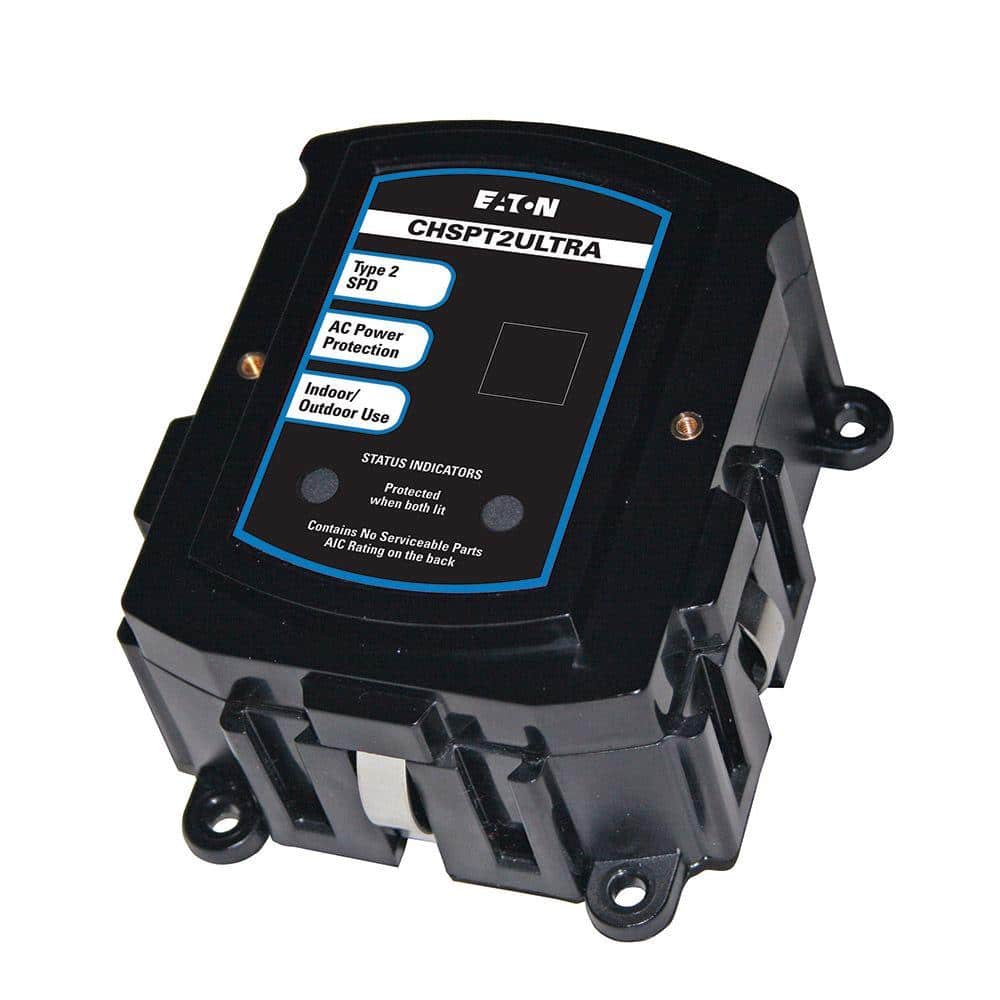
Before we get to what you can do about this, let’s talk about exactly what surge protector does. The average surge protector most people have around their home provides basic protection for multiple devices that are plugged into it. Most perform adequately well, though we recommend you look for ones that have indicator lights that show when the device is failing so you can replace it. There is nothing worse than thinking you are protected but aren’t.
Now when it comes to the type of surges your home might experience, there are two types.
The Big Blow
A power surge doesn’t have to last long to do plenty of damage, perhaps only a few millionths of a second. At their worst, they carry tens of thousands of volts, enough to fry circuit boards, crash hard drives, and ruin DVD and home-entertainment systems. Lightning-induced surges are the most powerful and most destructive: 200,000 amps racing through a power line and obliterating everything in its wake. The good news is that for a lightning strike to be dangerous for you, it must be less than a mile from your home. Luckily this doesn’t happen often, but still happens much more than one might think.
Quiet But Serious
More often homes will experience the kind of surges that are caused by downed power lines, sudden changes in like the cycling on and off of a printer, electric dryer, air conditioner, and refrigerator. The devious part about damage from minor power fluctuations can be instantaneous while not showing up for some time. An appliance just stops working suddenly and you can’t figure out why.
So What To Do?
To give your home and the valuable electronic equipment within it the best protection possible, we recommend that you fight this battle on two fronts.
The first front is the standard in-home surge protectors that we all know and love. These devices provide a buffer between individual appliances and wall outlets. They come in a variety of size, shapes, and prices. They basically break down into your standard multi-strip (sometimes with phone and cable jacks) and UPS (uninterruptible power supply), which completely cleanses electric power of random fluctuations and provides a short-term battery backup in case the power dips or complete power loss. As we noted, price range varies wildly but expect to pay between $30 and $75 for a quality power strip or surge station, and from $150 to $375 for a UPS. For expensive equipment like complex sound systems or elaborate computer setups, go with a good UPS, you’ll never regret it.
The second front is where the lesser known but arguably more important whole home surge (suppressor) protector comes into play. These devices in conjunction with individual surge protectors and UPS around your home, effectively act as pressure release valves, dampening or eliminating the overall voltage that reaches your devices in the case of a surge.
Normally, whole-house suppressors are hard-wired to the electrical service panel, a process that takes a licensed electrician a few hours to install. Whole-house systems should be rated to stop a 40,000-amp surge, at minimum. Features to look for include thermal fuses, and lights or alarms that indicate when a device has taken a hit. You can even have smaller versions that specifically protect the phone and cable lines.
Closing
So, when it comes to the question of whether you should invest in a whole home surge protector, in our opinion the answer is an unequivocal affirmative. The first time your house takes a major power hit and your major electronics suffer minimal to no damage it will have paid for itself. We can’t tell you how many times we get called out for an HVAC system not working and it has suffered some type of major surge that’s completely fried the unit and leaves no option but full system replacement.
We can’t say for sure that a whole home surge protector would have always definitely saved the unit, but we think the data is clear that it absolutely significantly improves the probability that the surge gets diverted, dampened or stopped before it reaches your vital systems like HVAC. The installation of a whole home surge protection solution is absolutely money well spent that you’ll never regret.
If this sounds good to you, Forest Air, LLC can help by getting a whole home surge protector installed for your ASAP!! Call us at 985-651-5968 or send us an email here.
Note: Whole home surge protectors can only be effective if the house wiring isn’t properly grounded; there must be a single way for the diverted electricity to go. If not, the current may follow another wire to your important electronics. If you aren’t sure your home is properly wired, please consult an electrician before having a whole home surge protector installed as it won’t be able to do its job.
